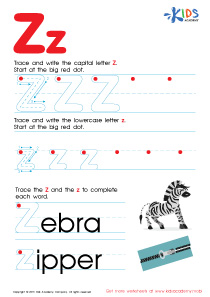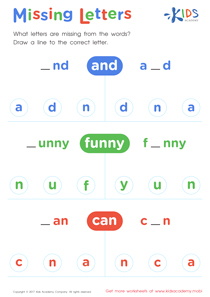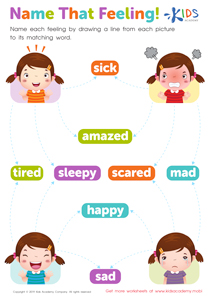Fine Motor Skills Extra Challenge Tracing Letters Worksheets for Ages 6-8
7 filtered results
-
From - To
Discover our "Fine Motor Skills Extra Challenge Tracing Letters Worksheets for Ages 6-8" designed to enhance children's handwriting and provide an engaging learning experience. These worksheets challenge young learners with intricate tracing tasks, promoting skill precision and letter formation while developing critical fine motor skills. Ideal for classrooms and at-home practice, these activities keep children excited and focused on mastering their writing abilities. Each worksheet is thoughtfully crafted to refine kids' coordination, dexterity, and control, laying a strong foundation for future academic success. Empower your child's learning journey with our expertly designed fine motor skills tracing worksheets today!
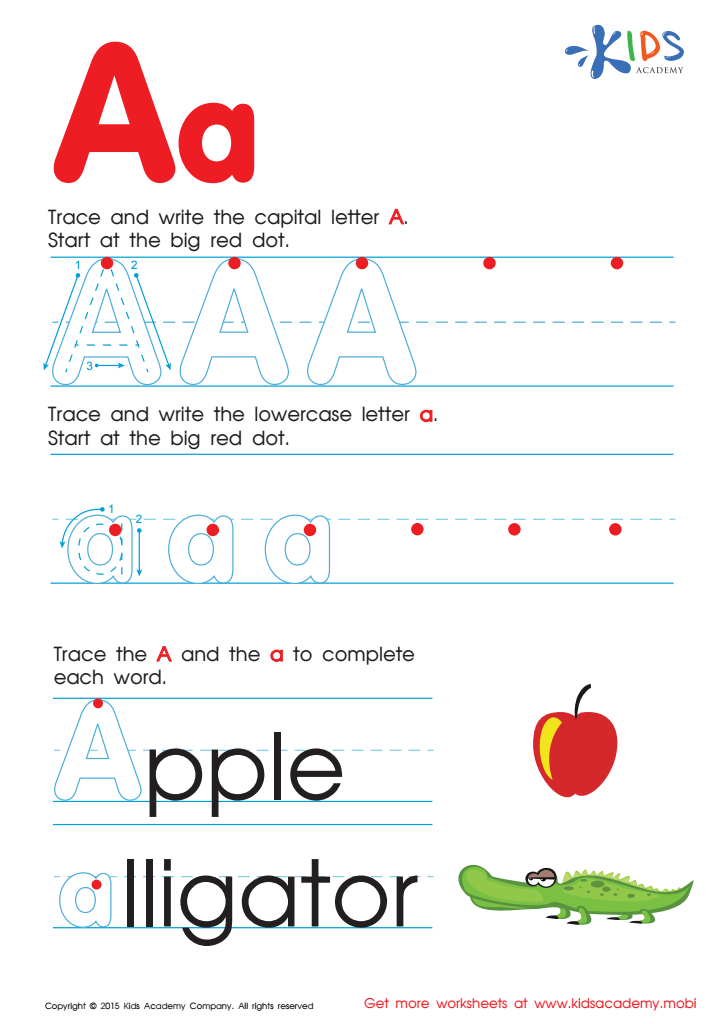

Letter A Tracing Page
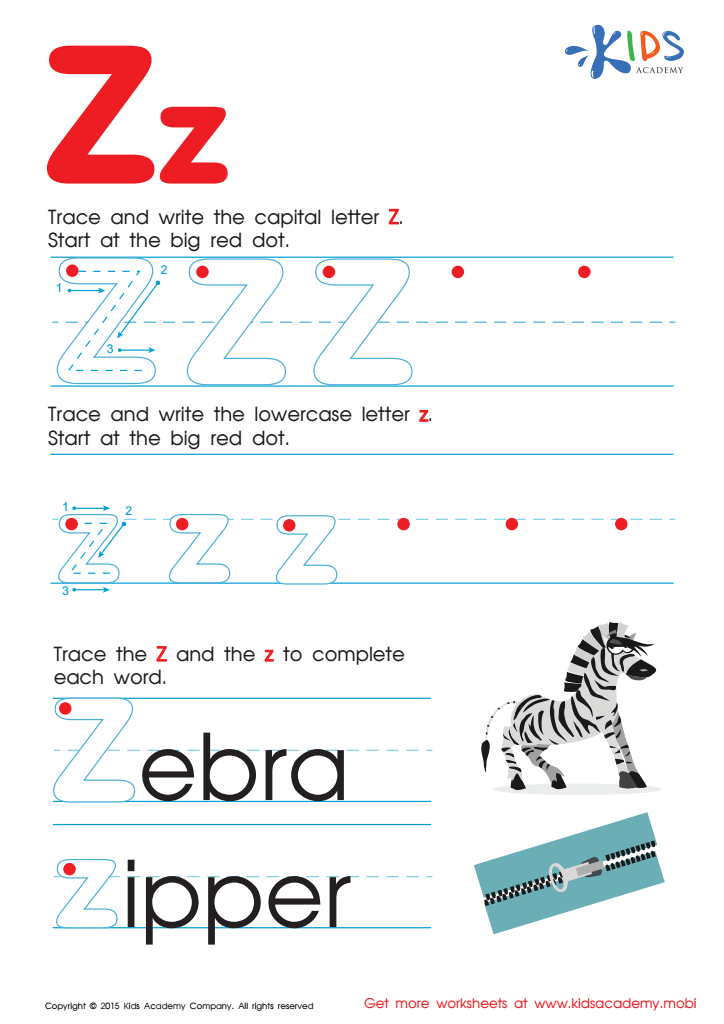

Letter Z Tracing Page
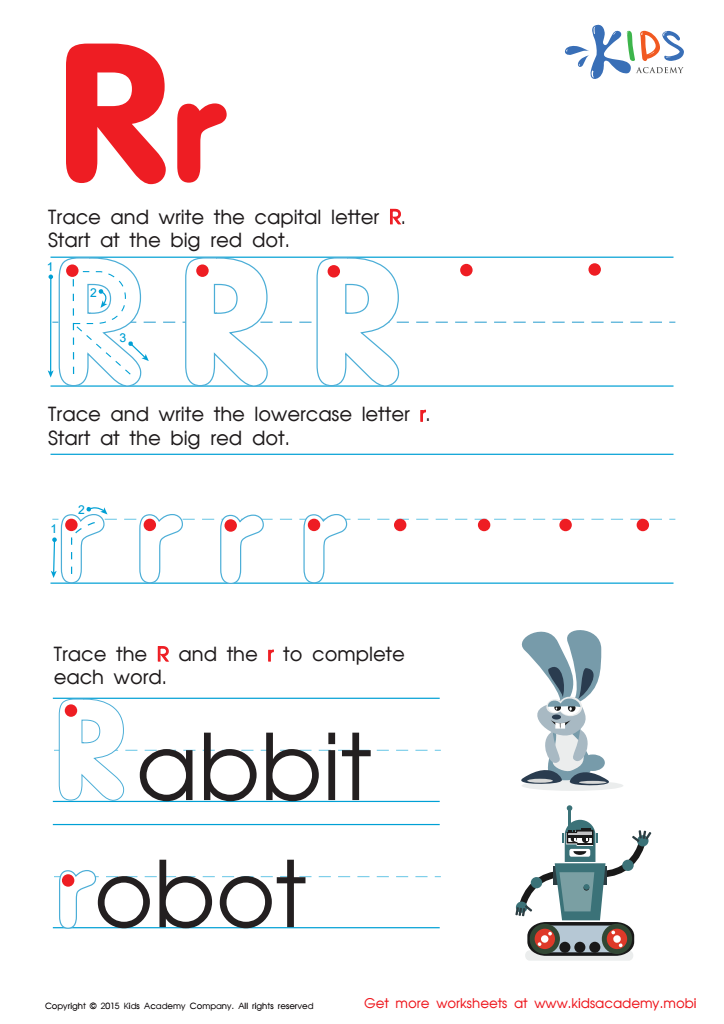

Letter R Tracing Page
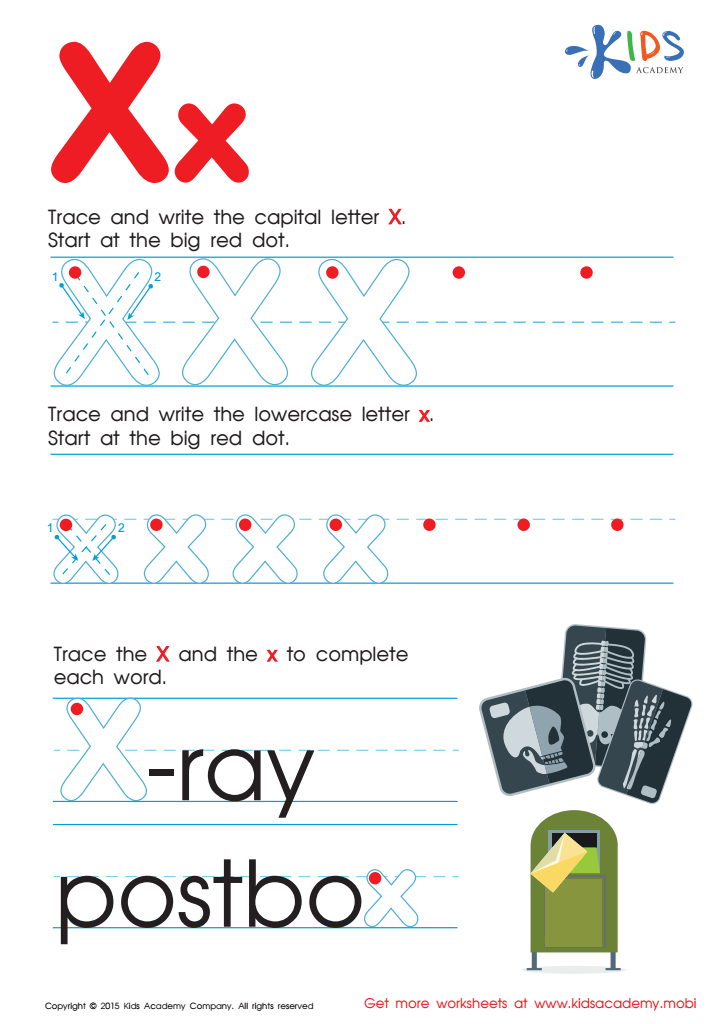

Letter X Tracing Page


Letter U Tracing Page
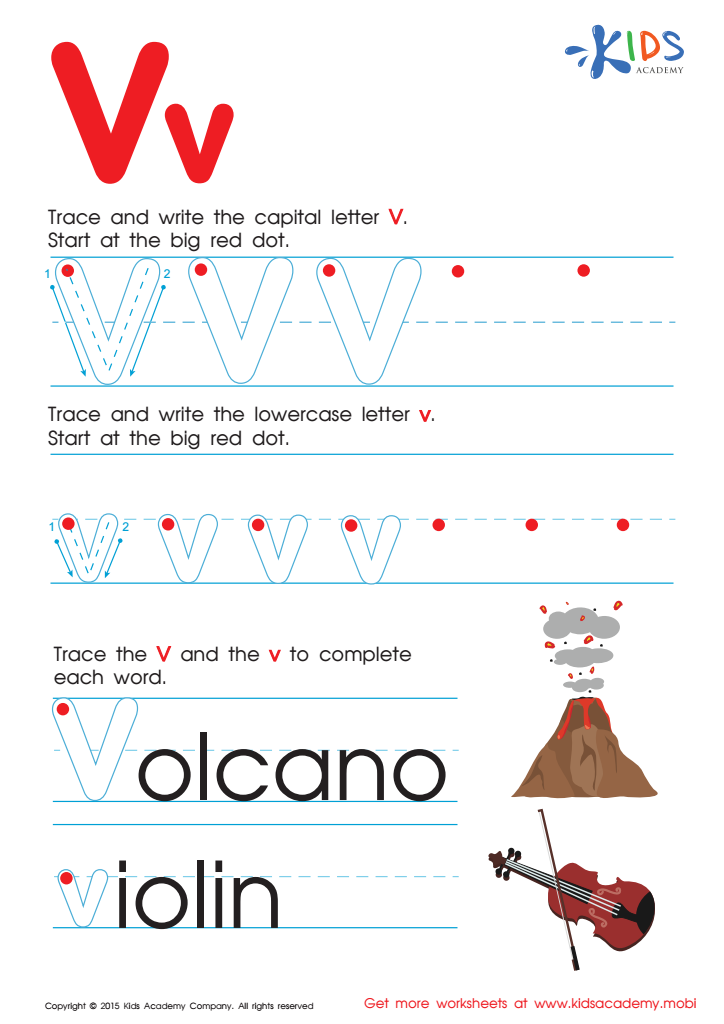

Letter V Tracing Page
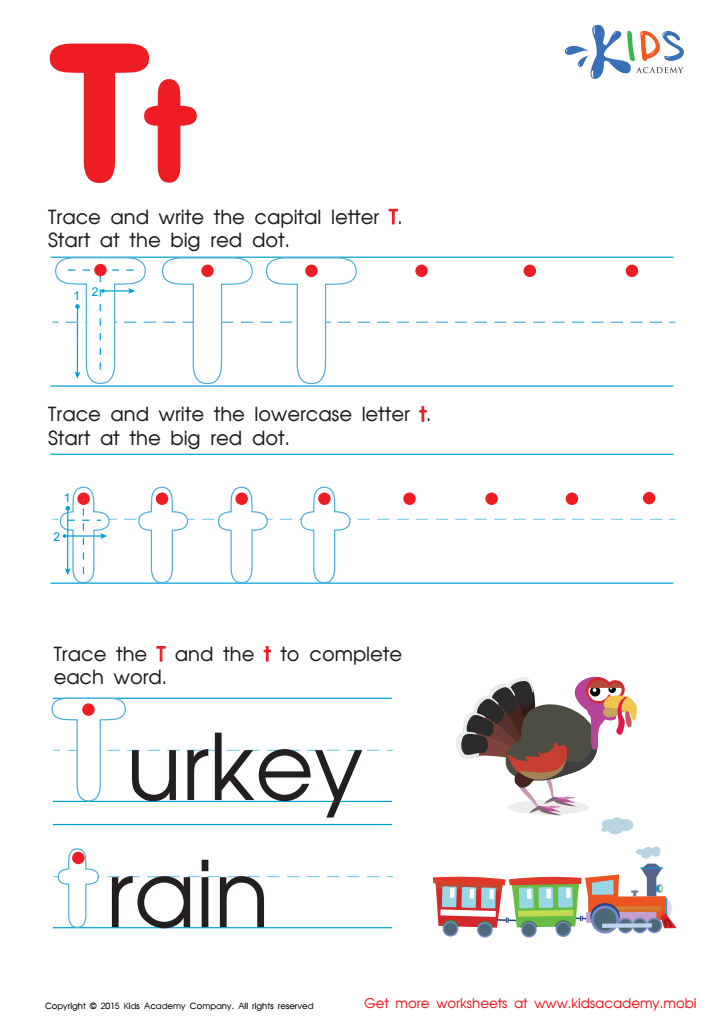

Letter T Tracing Page
Fine motor skills play a pivotal role in a child's overall development, especially for ages 6-8. For children in this age range, fine motor skills help them perform everyday tasks with greater independence and success. Tracing letters, for instance, is an effective and engaging way for children to enhance these skills while simultaneously advancing their literacy abilities.
Parents and teachers should care about fine motor skills because they affect much more than just handwriting. Strengthening these skills through activities like tracing letters helps children develop hand-eye coordination, control, and precision. These abilities are crucial for a range of academic tasks, including drawing shapes, cutting with scissors, and utilizing tools like rulers.
Improving fine motor skills at an early age sets the foundation for better academic performance. It aids in the smooth transition to more complex writing tasks, spelling, and reading, making learning more accessible and enjoyable for them. Furthermore, a strong base in fine motor skills can foster a child's confidence and independence in everyday activities, such as dressing, eating, and self-care.
Therefore, incorporating activities that challenge and refine these skills, like tracing letters, offers comprehensive developmental benefits. Ensuring children master these skills early can substantially affect their academic success and overall life competence.
 Assign to My Students
Assign to My Students











